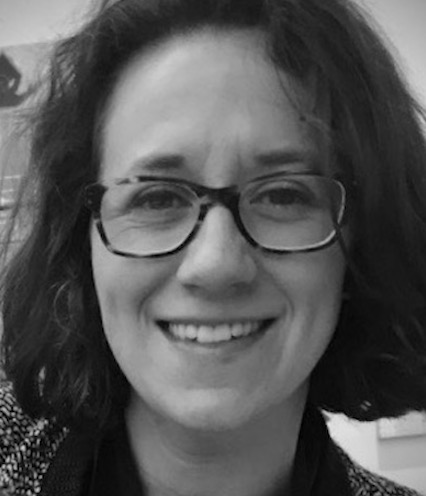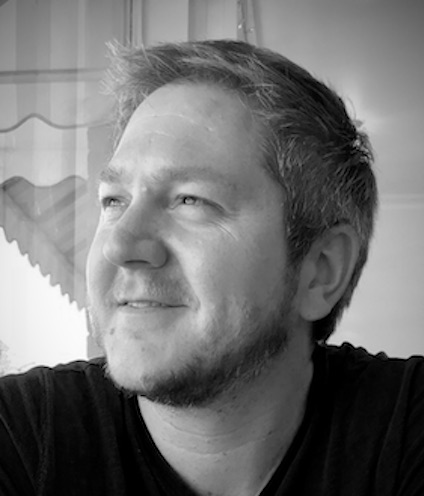I love rocks, water, and mountains and the relationships humans have with the Earth – from recreation to resource extraction. This led me to study Geology at Hamilton College.
I started my career in hydropower, specifically at startups in tidal energy and in-pipe hydropower. Both of these subsets of hydropower were new at the time, which meant that hydropower needed to be redefined beyond large dams on rivers. I helped reform regulations, define new industry standards, tell technology stories to the media, stakeholders and customers, and facilitated government agency consensus around technology hiccups and contentious environmental concerns.
Since my hydropower days I have helped develop a marketplace for water rights and allocations. I have also worked for a large California farm, helping the farm secure new types of supply contracts directly with clothing companies. This new farm-to-clothing business model preserved the identity of the cotton and clothing companies could highlight the farms specific environmental and labor practices when marketing their clothes. Most recently I was Head of Business Development at an AI company that predicted pipe failure at water utilities and gas companies.




